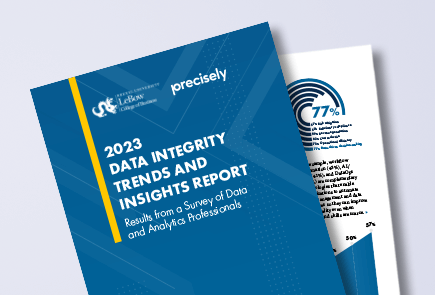
4 Building Blocks of Data Integrity

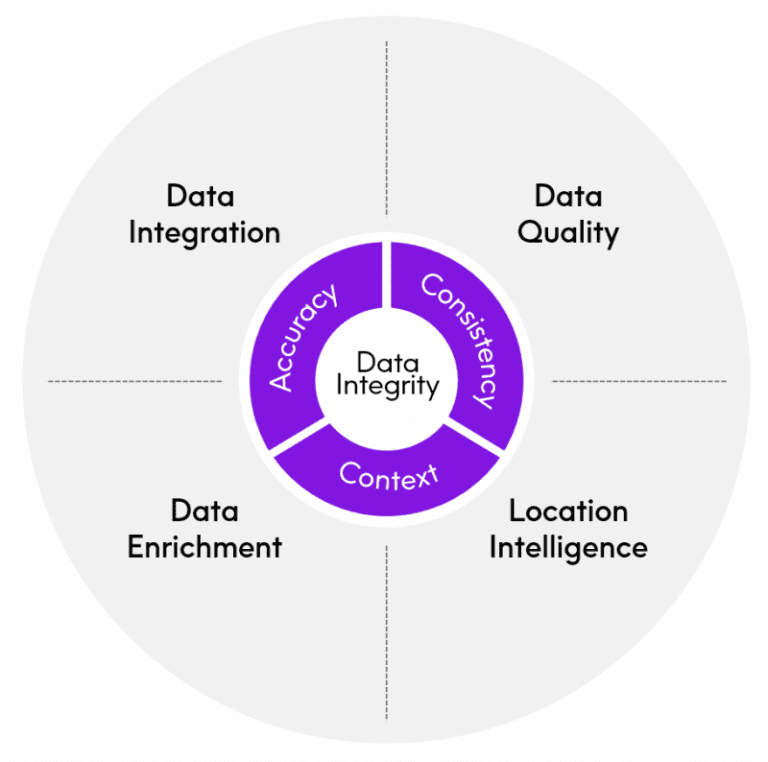
The popular refrain “data is the new oil” has never been more true, but in turn, neither has “garbage in, garbage out.” If data is treated as a strategic asset (and it should be), it follows that lack of data integrity may result in bad decisions and flawed strategy. Data integrity has become a business imperative for organizations that wish to remain competitive.
Enterprise-wide data integrity is built on four key elements: data integration, data quality, location intelligence, and data enrichment. Together these provide the accuracy, consistency, and context that’s crucial to data-driven decision-making. Let’s examine each of these in detail.
2023 Data Integrity Trends & Insights
Results from a Survey of Data and Analytics Professionals
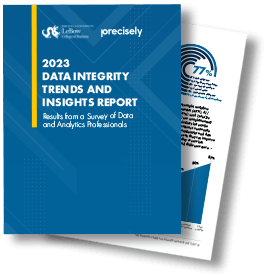
Data integration
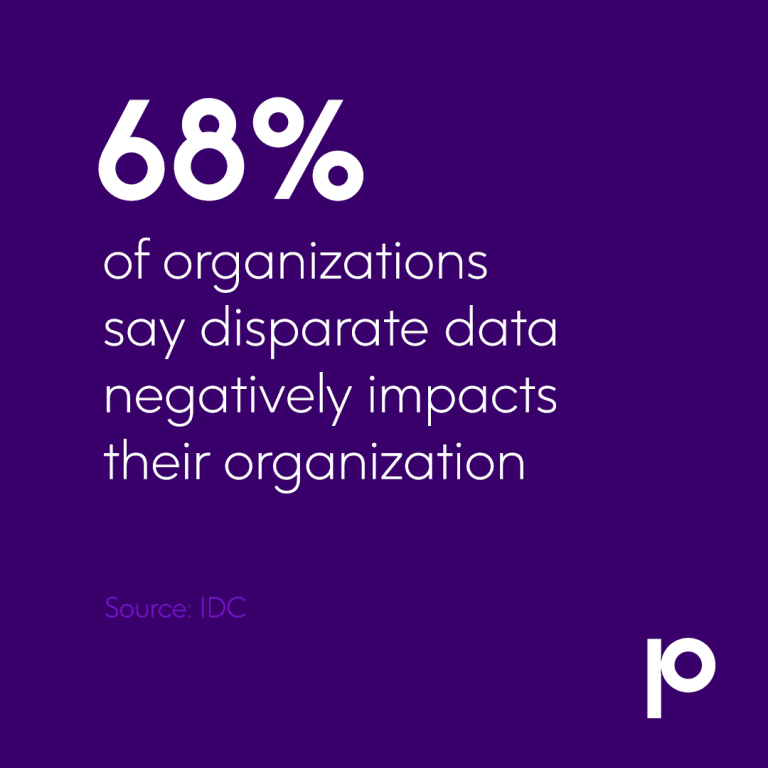
To make matters worse, these various software systems often speak different languages. In the ERP system, a customer is a customer, and we care about a customer’s warehouse locations, billing addresses, and so on. In CRM, we may see accounts, prospects, and leads and we might prefer to focus on the individual people who make purchasing decisions.
So, how do we get a holistic view of our customers and potential customers? Tying multiple systems together requires some level of mapping and translation. Integration of data from across the enterprise, whether in mainframes, relational databases, or enterprise data warehouses, requires a carefully considered approach to bringing all of that data together under one roof, in a way that makes sense in terms of the organization’s strategic goals.
Data quality
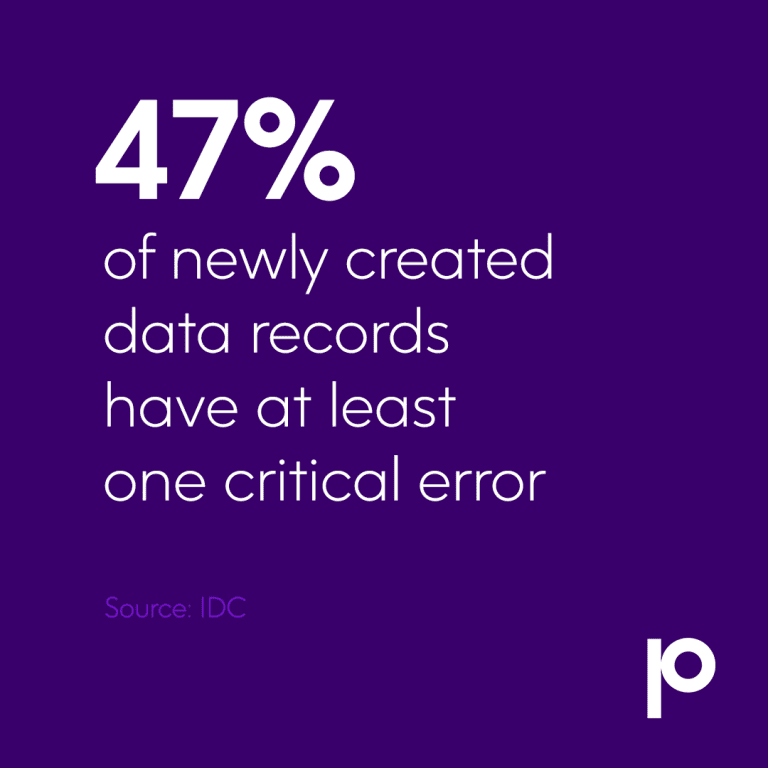
For example, it’s common in CRM systems, to see the same customer listed under multiple names. This is especially true when the name is abbreviated (for example, NEC, IBM, or 3M), or when the company operates under a Doing Business As (DBA). This can reduce efficiency and increase costs in marketing due to duplicate contact records.
And when data is integrated from multiple sources, or even when the data from a single database is examined, it is often inconsistent. Different formats may be used for street names, abbreviations, phone numbers, and more.
When poor data quality exists at scale (in other words, when you have a lot of these kinds of problems), there are serious implications for analytics. Imagine the aforementioned problem with duplicate prospects in the CRM system. Now multiply that by 100 or 1,000 or 1,000,000. The result could be a significant inability to understand a customer base and market to them in a way that is targeted and cost effective. That, in turn, can lead to disastrous business decisions. Data quality is critical to the accuracy and consistency of data.
Location intelligence
In the era of digital transformation, companies cannot afford to ignore the potential value of location intelligence (LI). Adding location-based insights and analysis to data that has been integrated and made accurate and consistent, elevates its usefulness in decision making. Just as a company name may be entered in different ways by two different employees, addresses often appear in multiple variants. If a road or street is known by two different names (e.g. “Main Street” and “State Route 25”), systems should be capable of understanding that they are, in fact, the same location.
Postal codes, likewise, can be problematic if recorded incorrectly. As any company that regularly ships via UPS or FedEx knows, zip code errors cost money. If you are mapping your existing customers to zip codes in order to select a new store location, however, such errors may add up to a significantly bigger problem.
Location intelligence brings crucial context and location precision to enterprise data. Understanding the difference between a customer’s billing address and their shipping address is important. For example, if you operate a fleet of delivery vehicles, that’s a critical distinction. Location intelligence provides an even higher level of precision, though, by distinguishing the exact location where deliveries should occur (for example, at the loading dock in the back of the building vs. the front door entrance).
Data enrichment
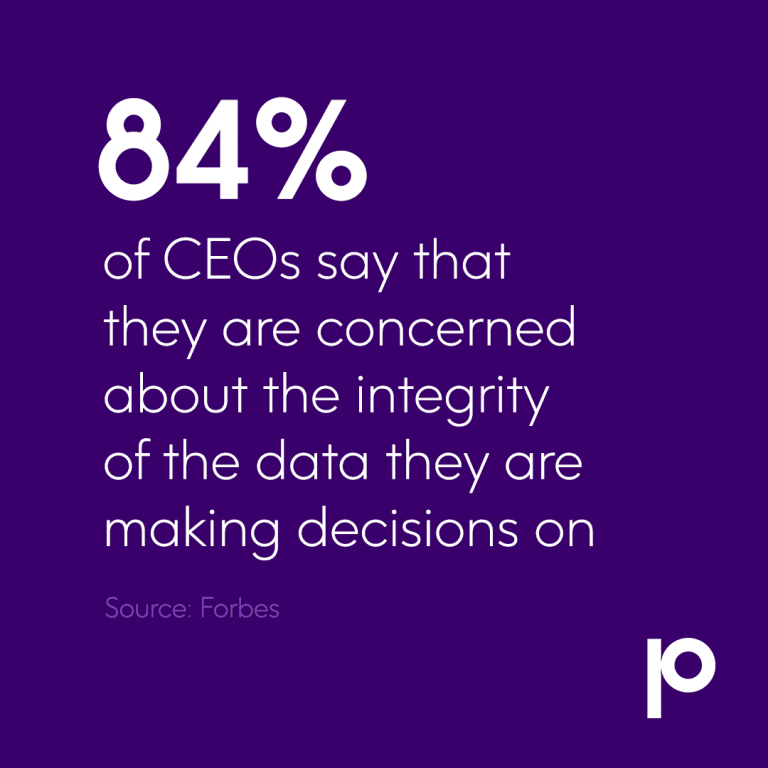
Imagine, for example, that you operate a chain of family restaurants, and you’re looking for new locations. If you know where your current customers live (because you run a loyalty-card program, for example), you can get a general sense of the radius that a single location can serve. Unfortunately, that offers a very limited amount of information.
By enriching your data with information from external sources, you can see a great deal more detail and nuance. You might add consumer demographic data to better profile potential customers in your target radius, or you might add data on points of interest to gain insight into foot traffic attracted to various areas. Recently organizations have begun to leverage mobility data to understand which kind of people frequent a specific area (e.g. young families, college students, or retirees), and when. By understanding where your current customers work and where they spend their leisure time, you can develop a better understanding of potential new locations. By matching your current clientele with demographic information from external sources, you can gain a better understanding of who your customers are.
Data enrichment, especially with location and mobility data, offers a vast untapped opportunity for organizations that aspire to leverage data as a strategic asset.
The data integrity journey
Now more than ever before, organizations have a unique opportunity to establish a competitive advantage through the effective use of data. For those that choose to do so, data integrity is a non-negotiable requirement. By building a meaningful strategy around data integration, data quality, location intelligence and data enrichment, business leaders can lay a solid foundation for all of their digital transformation initiatives.
The Precisely Data Integrity Suite is the first fully modular solution that dramatically improves a customer’s ability to deliver accurate, consistent and contextualized data. It spans the full spectrum of data integrity, with accuracy and consistency drawn from best-in-class data quality and data integration, and the critical element of context from market-leading location intelligence and data enrichment.
Precisely partnered with Drexel University’s LeBow College of Business to survey more than 450 data and analytics professionals worldwide about the state of their data programs. Now, we’re sharing the ground-breaking results in the 2023 Data Integrity Trends and Insights Report.
